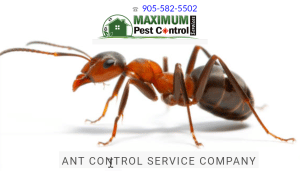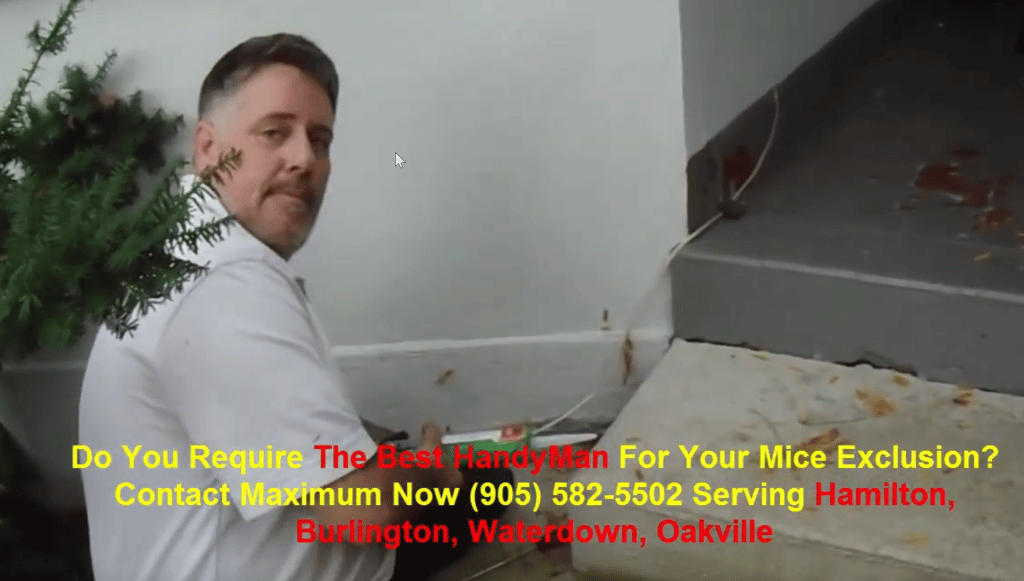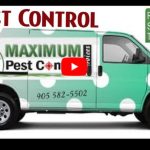
Can Ants Really Damage Your Home
You might not think so, but ants can actually be a real nuisance – and in some cases, extremely destructive. These tiny critters can be lured into homes by seemingly innocent habits such as leaving food exposed, keeping a disorganized pantry, and not cleaning spills immediately.
Sometimes, seeing one ant scurrying across your floor doesn’t mean there are more around. However, chances are that it could be a scout ant looking for a food or water source for the rest of the colony. If action is not taken immediately, you’ll soon be dealing with a full-blown ant infestation which poses serious health risks and property damages.
At Maximum Pest Control Services, our team of licensed experts provides effective ant control solutions for residential and commercial properties throughout Canada.
What Are Ants: How to Identify Ants
Ants are relatively easy to identify. These innocent-looking pests are pretty small, and their color ranges from brown, black, yellow, or red. Adults of various species can grow up to 1 millimetre in length (little black ants), while others can grow as big as 13 millimetres long (carpenter ants).
Because ants are insects, their bodies are divided into three distinct body parts, including the head, thorax, and abdomen. These social pests have six legs, three on each side of the thorax. They use these legs to walk and climb just about any surface, including glass, steel, and metal.
Adult ants don’t have wings. However, some ants develop two pairs of functional wings at their reproductive stage. The reproductive ants are referred to as swarmers or alates. They are able to fly out of their colony during the breeding season to a new location where they can mate and establish a new colony.
Types of Ants That Destroy Property
Canada is thought to be home to more than 100 species of ants, most of which are found in Ontario. The most common species that invade Canadian homes include pavement ants, pharaoh ants, thief ants, odorous house ants, and black carpenter ants. Pavement ants and Pharaoh ants are known to be more of a nuisance than anything else. On the flip side, carpenter ants are the largest and most destructive ant species.
Carpenter ants naturally live in dead branches and decaying wood of trees. Unfortunately, however, these nuisances are extremely destructive when they invade homes and businesses. Like termites, carpenter ants build their nests in the wooded areas of your house. They typically prefer moist wood or wood already destroyed by other pests. Hence, ant nests are commonly found in damaged wood near chimneys, window frames, doorframes, wall voids, and sinks.
It’s important to note that carpenter ants don’t eat wood. Instead, these opportunistic creatures chew through the wood and excavate its material to form smooth tunnels (nests) for protection. But even though they don’t eat cellulose like termites, carpenter ants can cause similar structural damages.These prolific pests devour wood from the inside out, severely weakening and hollowing your structures. Yet, the signs of a carpenter’s ant infestation are usually hard to notice. Often, homeowners require the help of a trained expert to identify and get rid of ants before a severe infestation can occur.
Public Health Issues Caused by Ants
Ants are not only unsightly and destructive when they invade your home but can also transmit diseases. To begin with, some ant species can inflict painful stings and inject venom(formic acid) into the skin. Some people are allergic to ant venom and can experience cramps, headaches, and an allergic reaction to the ant bite.
Additionally, ants carry and transmit serious disease-causing pathogens, including bacteria, viruses, and fungal organisms. These tiny pests move freely in filthy and dirt, collecting bacterial and harmful organisms. Because they are usually attracted to food and water sources, ants can transfer these organisms to your food and contaminate food preparation areas.
Ants are social pests, meaning that they invade in massive numbers. This allows them to contaminate exposed foods more effectively than other types of insects. Ants have been linked to the spread of diseases such as E. coli, salmonella, Shigella, staph, and clostridium.
Why Ants Invade Homes
Like other insects, ants are attracted to an easy source of food, water, and shelter. Unfortunately, these incredibly intelligent creatures can eat just about anything and live almost anywhere. To effectively control an ant infestation, you need to find out what’s attracting them to your home or business. Here are the factors that attract ants into your home:
- Food:Ants can consume almost anything humans feed on, including fruits, meat, vegetables, juice, and greasy foods. Hence, the most effective way to keep ants away is by wiping spills as soon as they occur, washing dishes immediately after use, cleaning pet food bowls, and keeping your pantry organized.
- Water:Ants need water to survive. In fact, most ant species can survive without food for nearly two weeks, but a lack of water for a few days is deadly. Ants can get their water from numerous sources, including a leaky pipe, faulty faucet, potted plants, and moisture in the bathroom.
- Shelter:Like us, ants need a warm shelter to keep their colonies safe. Their tiny size allows them to make nests virtually anywhere they deem safe from potential predators.
How Can I Prevent an Ant Infestation?
The first and most important step to prevent ants from invading your home is eliminating the factors attracting them. You can make your home inhabitable for ants by:
- Keep every room immaculately clean and sanitary
- Store foods in tightly sealed containers
- Repair leaky faucets, pipes, and roofs.
- Repair and clear clogged gutter
- Clean food crumbs and spills as soon as they occur
- Seal openings and cracks in walls using caulk to prevent ant entry
- Trim back trees and vegetation a safe distance from your home to keep carpenter ants away
How to Control an Ant Infestation?
Depending on the species, ants can breed exponentially fast, with a single queen ant laying up to 800 eggs per day. As such, it’s important to control the invaders on time before the infestation becomes widespread.
Note: Before controlling an ant infestation, you should be able to determine the type of species you’re dealing with. This way, you can use targeted treatments for successful results.
- Physical control:This includes repairing and sealing possible entry points, such as gaps in the foundation and cracks in the exterior&interior walls of your home.
- Non-chemical control:You can kill and repel ants using natural methods such as “diatomaceous earth”, black pepper, peppermint, tea tree oil, and lemon eucalyptus oil. Apply these natural treatments in places you’ve spotted ant activity for effective results.
- Ant sprays and dust:These products can effectively keep ants away and destroy their nests. If you follow ant trails back to their outdoor nests, you can apply a heavy dose of the treatment to exterminate the entire colony, including the queen. Puff dust treatments into wall voids to destroy ant nests located there.
- Bait stations:Ant baits can help you eliminate an entire colony. Strategically place the bait station in the path of foraging ants, for instance, along baseboards and carpet edges. Consider using two baits simultaneously and repeat bait applications as needed for effective results.
Professional Ant Control Services by Maximum Pest Control Services
An ant infestation is difficult to detect. Sometimes, these unsightly pests can live in your home or business for a long time before you notice the signs of an infestation. Given the risks associated with ants, it’s important that you stay ahead of ant threats to prevent their health risks and property damage.
Maximum Pest Control Services (905) 582-5502 offers rapid and highly effective ant control solutions targeting the specific ant species invading your property. We also apply effective barrier treatments to deter outdoor pests from moving in. All our pest control solutions are safe, protecting your family, pets, and the environment.





